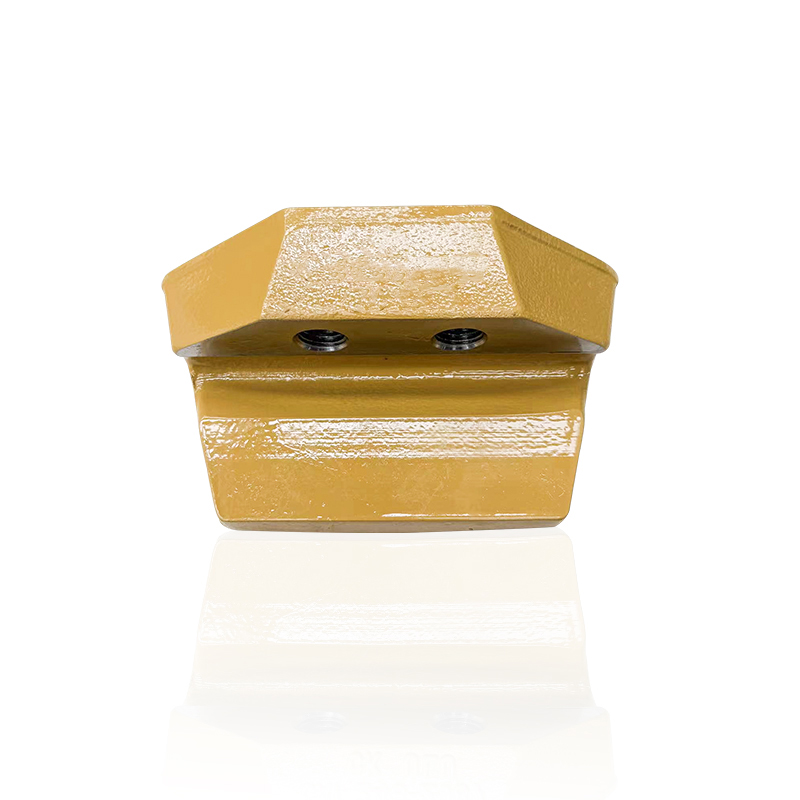How do track roller guides work and what are their key components?
 2024.09.18
2024.09.18
 Industry news
Industry news
Track roller guides are integral components in modern linear motion systems, designed to ensure smooth, precise, and stable movement of loads along a predetermined path. At their core, track roller guides consist of two primary elements: the rail and the track rollers. The rail is typically made from high-strength materials such as steel or aluminum, chosen for their durability and resistance to wear. It provides a solid, stable track along which the rollers travel. The track rollers, mounted on the moving component, are equipped with ball bearings or similar rolling elements. These rollers are strategically positioned to align with the rail, ensuring that the moving load travels with minimal friction.
The operation of track roller guides hinges on the principle of reducing friction between the moving component and the rail. The rollers, with their embedded ball bearings, facilitate this by rolling smoothly along the rail rather than sliding. This rolling action minimizes the contact area and, consequently, the resistance encountered during movement. As a result, the system delivers exceptional precision and stability, crucial for applications requiring accurate linear motion. This low-friction design not only enhances operational efficiency but also ensures that the movement remains smooth and quiet, which is particularly beneficial in environments where noise and vibration are critical considerations.

Track roller guides are renowned for their versatility and are employed across a variety of industries, from manufacturing and automation to material handling. In manufacturing processes, they are often utilized in machinery that demands precise positioning and repetitive linear movements. For example, in CNC machines, the accuracy provided by track roller guides is vital for achieving high-quality, repeatable results. Similarly, automated systems such as robotic arms and conveyor belts rely on these guides to maintain consistent and reliable motion. In material handling, track roller guides facilitate the smooth movement of loads, ensuring they follow a designated path efficiently and safely.
The evolution of Track roller guides reflects advancements in engineering and manufacturing technologies. Early designs focused on basic sliding mechanisms, but as demands for precision and efficiency increased, the introduction of rolling elements such as ball bearings marked a significant improvement. These innovations not only enhanced the performance of track roller guides but also broadened their application scope. Today, ongoing developments continue to refine their design, improving durability, load capacity, and adaptability to various industrial needs.
Track roller guides are essential for providing smooth, precise, and efficient linear motion. Their key components—the rail and the rollers—work in tandem to minimize friction and ensure stable movement. The versatility and ongoing advancements in their design underscore their critical role in modern industrial applications, making them indispensable in achieving accurate and reliable performance in various technological and manufacturing processes.





















